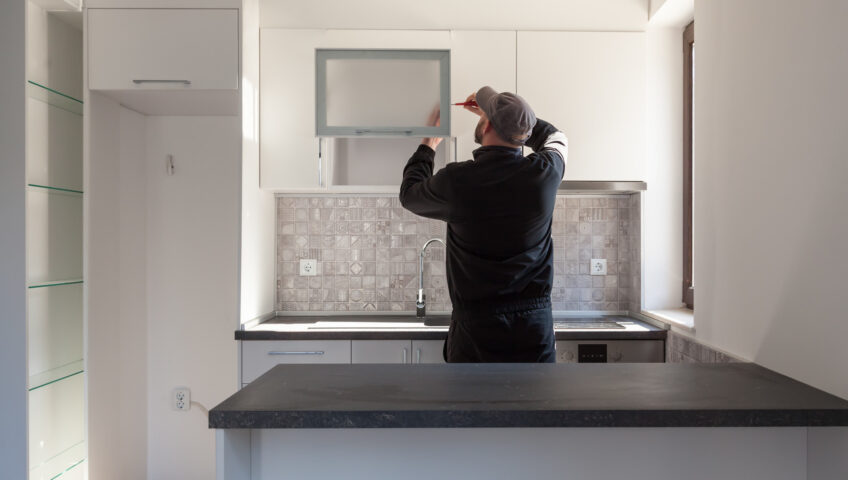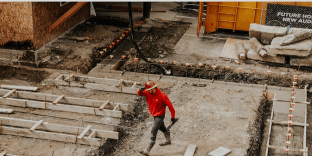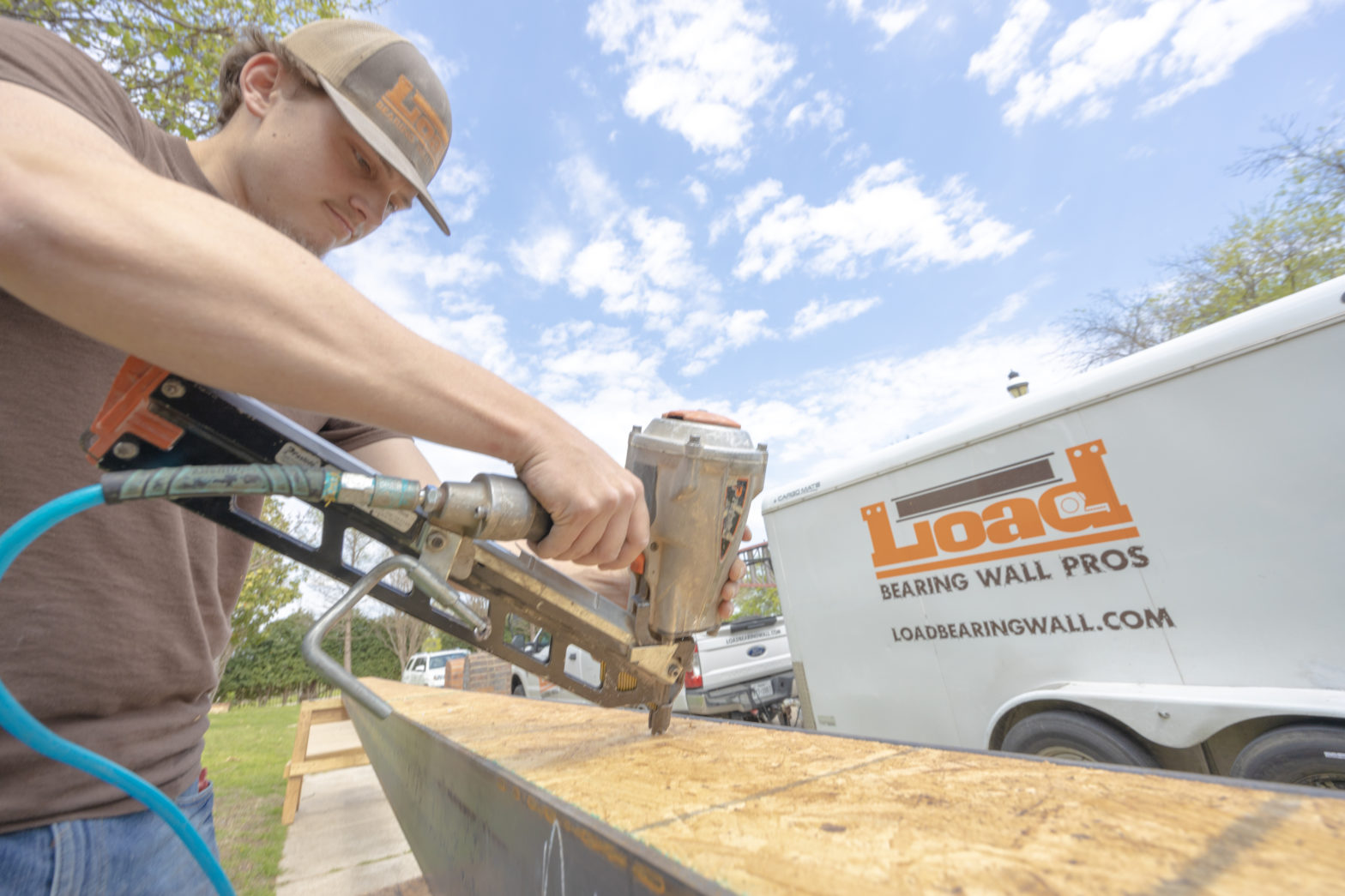
Benefits of Wall Removal: Embracing a Spacious and Modern Home
Have you ever wondered what your home would look like if you removed some of the walls that separate your rooms? Wall removal is a concept in home design that involves taking down interior walls to create open and spacious living spaces. You get to spend more time with loved ones and more creative time making memories. And, with interest rates skyrocketing, there has never been a better time than now to invest in your home.
Wall removal is a growing trend among homeowners with outdated floorplans who want to transform their homes into more functional, flexible, and aesthetically pleasing environments. It can add value to a home, a neighborhood and a community.
Enhanced Space and Flow
Wall removal can make your home feel larger and more comfortable, as you can move around more freely and easily. You can also enjoy the views and features of your home from different angles and perspectives. Wall removal can also help you make better use of your available space, as you can eliminate unused or wasted areas.
Natural Light Optimization
Wall removal can help you optimize the natural light in your home by reducing the shadows and dark corners that are caused by walls. You can also increase the exposure and access to natural light by adding windows, skylights, or sliding doors to your open spaces. Natural light can also enhance the colors, textures, and details of your interior design.
Flexible and Adaptable Living
A third advantage of wall removal is that it provides more flexibility and adaptability for your living space. Open spaces are versatile and can accommodate various activities and furniture arrangements. You can easily change the layout and function of your space according to your needs and preferences.
Wall removal can help you create multipurpose spaces that can serve different purposes at different times. You can use the same space as a living room, a dining room, a home office, or a playroom. You can also rearrange your furniture and decor for all sorts of holidays and celebrations – everything from a birthday to a normal Sunday where you simply want to spend time with loved ones.
Improved Social Interaction
Here’s a bonus – removing walls facilitates better communication and connection among family members and guests. Open spaces promote social interaction by creating a connected living space where people can see, hear, and talk to each other more easily.
(They also let you avoid that one family member, colleague or friend who will inevitably tell you the story that you’ve heard many times over.)
Modern Aesthetics
A fifth advantage of wall removal is that it creates a sleek and stylish look for your home design. Now you can finally indulge in that one piece of furniture or art and ensure that it gets the love that it deserves. Open spaces are contemporary and elegant, as they showcase the architecture and design of your home.
Home Value and Market Appeal
A sixth benefit (six!) of wall removal is that it can increase the value and appeal of your home in the market. Open spaces are in high demand among home buyers, as they offer more functionality, flexibility, and beauty than closed spaces. Open spaces can also make your home look larger and more attractive than it actually is.
Wall removal can help you boost the value and appeal of your home by making it more desirable and competitive in the market. You can also attract more potential buyers by showcasing the features and benefits of your open spaces. You can also increase the chances of selling your home faster and at a higher price.
Considerations and Planning
While wall removal has many benefits for your home, it also requires careful consideration and planning before you start the process. Wall removal is not a simple or easy task, as it can involve structural changes, challenges, and solutions. You need to consult with professionals, such as architects, engineers, contractors, or designers, who can guide you through the process and ensure the quality and safety of the outcome.
Some of the things that you need to consider and plan before wall removal are:
- Structural integrity: Let’s determine if the walls that you want to remove are load-bearing or non-load-bearing. Load-bearing walls are walls that support the weight of the roof, floor, or ceiling above them. Non-load-bearing walls are walls that do not support any weight and are only used for separation or decoration. Removing load-bearing walls can compromise the structural integrity of your home and cause damage or collapse. So you need to consult with an engineer who can assess the structural impact of wall removal and provide solutions, including installing beams, columns, or braces, to support the structure.
- Electrical wiring: Identify if the walls that you want to remove contain any electrical wiring or outlets. Removing walls with electrical wiring can cause electrical hazards or damage to your home’s electrical system. Therefore, you need to consult with an electrician who can relocate or reroute the electrical wiring or outlets safely and properly.
- Plumbing pipes: You need to locate if the walls that you want to remove have any plumbing pipes or fixtures. Removing walls with plumbing pipes can cause water leaks or damage to your home’s plumbing system. Consult with a plumber who can relocate or reroute the plumbing pipes or fixtures securely and correctly.
- Heating and cooling vents: You need to check if the walls that you want to remove have any heating or cooling vents or ducts. Removing walls with heating or cooling vents can affect the temperature and air quality of your home. Therefore, you need to consult with an HVAC technician who can adjust or modify the heating or cooling system accordingly.
- Permits and codes: You need to obtain any necessary permits or approvals from your local authorities before you start wall removal. You also need to comply with any building codes or regulations that apply to your area. Think you can avoid these? Not so fast. Failure to do so can result in fines, penalties, or legal issues. We don’t want this to happen.
Preserving Functional Zones
A necessary task, ask it were. As with any wins in your home, and thinking through all the memories that you’re about to create – you do create some challenges in terms of maintaining organization and purpose in a larger area.
Some of the methods for preserving functional zones in your open spaces are:
- Furniture arrangement: You can use furniture pieces, such as sofas, tables, chairs, or cabinets, to create boundaries and divisions between different zones. For example, you can use a sofa to separate the living area from the dining area, or a table to separate the kitchen area from the office area. You can also use furniture pieces that have multiple functions, such as a sofa bed, a coffee table, or a bookcase, to save space and add convenience.
- Rugs and mats: Rugs and mats help create visual and tactile contrasts between different zones. You can use a rug to define the seating area, or a mat to define the entryway. You can also use rugs and mats that have different colors, patterns, or textures to create interest and variety in your open spaces.
- Lighting fixtures: Lighting fixtures, like lamps, chandeliers, or sconces, help to create focal points and ambiance in different zones. Use lighting fixtures that have different brightness, color, or style to create mood and atmosphere in your open spaces.
- Plants and accessories: You can use plants and accessories, such as flowers, vases, paintings, or sculptures, to add life and personality to different zones. You can also use plants and accessories that have different shapes, sizes, or themes to create harmony and balance in your open spaces.
By using these methods, you can preserve functional zones in your open spaces without compromising the spaciousness and continuity that wall removal provides. You can also create a sense of order and purpose in your larger area.
Before-and-After Examples
Let’s talk about examples.
To illustrate the benefits of wall removal for your home design, we will provide some real-life examples or case studies showcasing the transformation through wall removal.
- Example 1: A small apartment with a closed kitchen and living room. Before wall removal, the apartment felt cramped and dark, with limited space and light. After wall removal, the apartment felt spacious and bright, with an open kitchen and living room. The wall removal created a seamless transition between the two rooms and allowed natural light to fill the space. The open layout also made the apartment look larger and more modern.
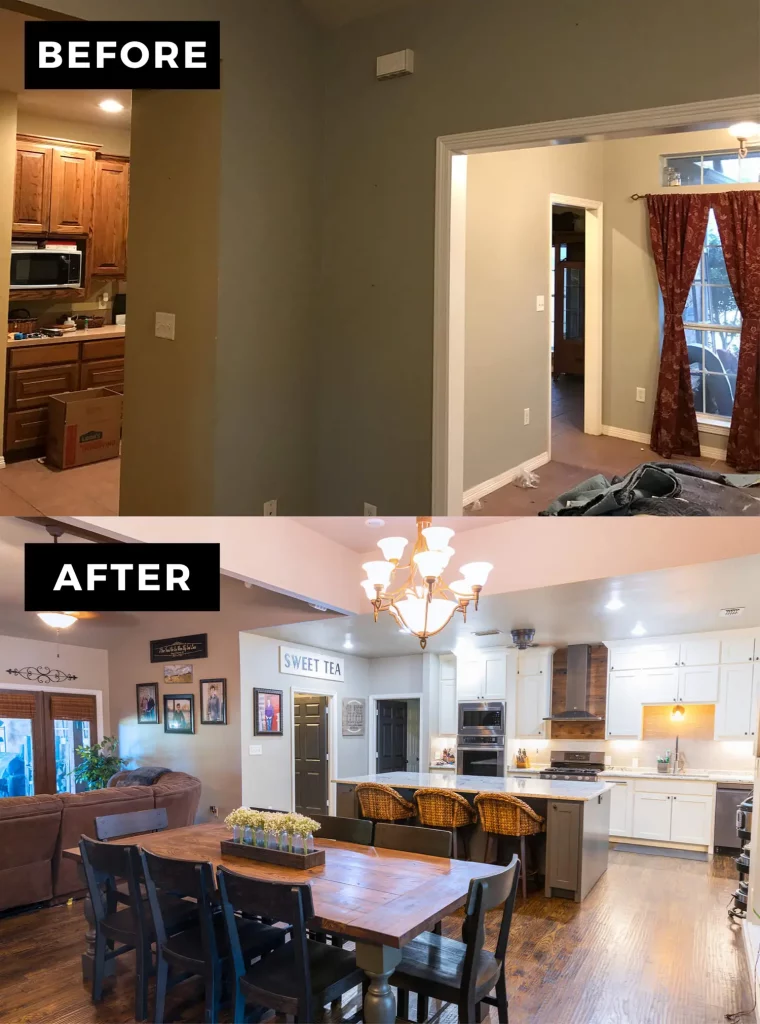
- Example 2: A large house with a separate dining room and family room. Before wall removal, the house felt disconnected and formal, with isolated rooms and rigid boundaries. After wall removal, the house felt connected and casual, with an open dining room and family room. The wall removal created a continuous flow between the two rooms and enhanced the social interaction among family members and guests. The open layout also made the house look more inviting and stylish.
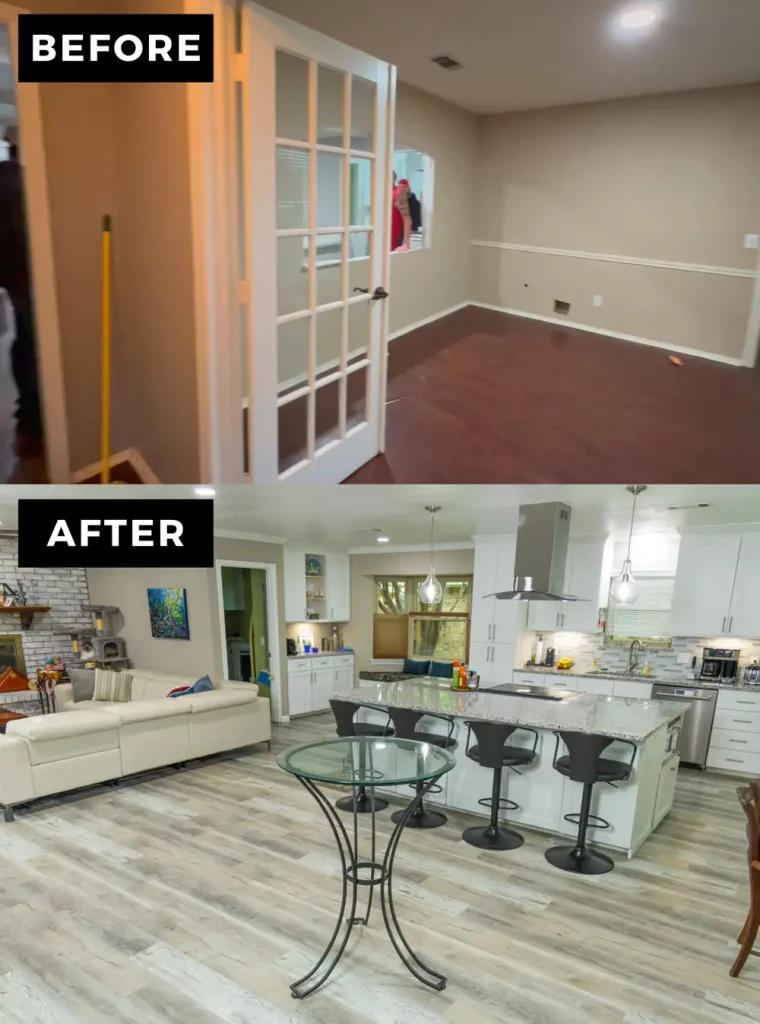
- Example 3: A medium-sized condo with a partitioned bedroom and living room. Before wall removal, the condo felt cluttered and chaotic, with too many walls and doors. After wall removal, the condo felt organized and serene, with an open bedroom and living room. The wall removal created a flexible space that could serve as both a bedroom and a living room depending on the time of day or activity. The open layout also made the condo look more spacious and elegant.
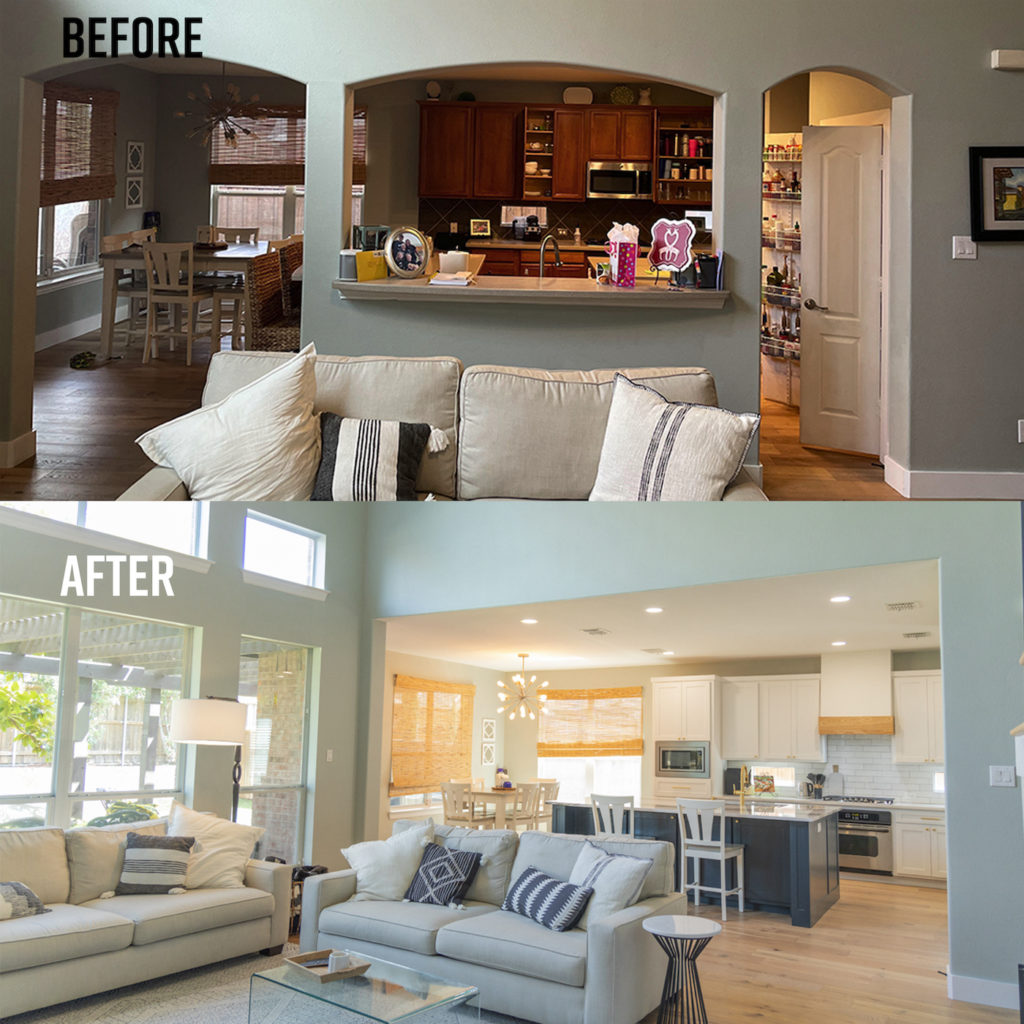
Look at that. These are some of the examples of how wall removal can transform your home design for the better. You can see how wall removal can create more space and light, improve the flow and interaction, optimize the natural light, provide more flexibility and adaptability, enhance the aesthetics and value, and create a modern and spacious home.
By following these tips and guidelines, you can make the most out of wall removal and enjoy its potential advantages for your home design. You can also share your experience and knowledge with others who may be interested in trying wall removal.

